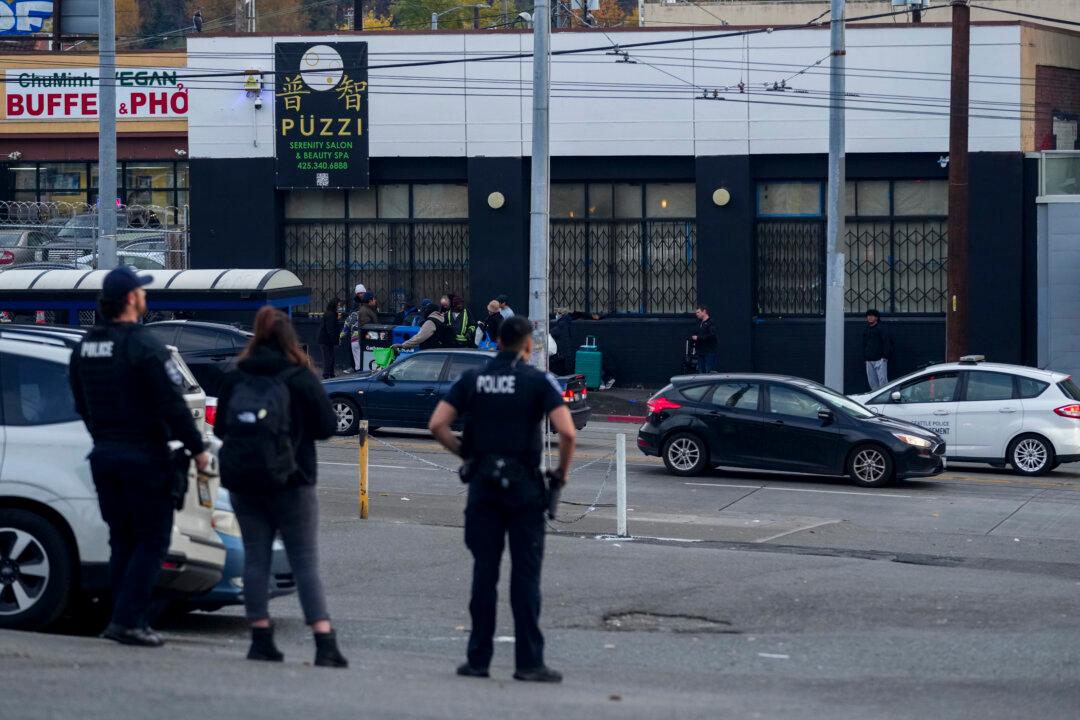Estonian authorities have deployed more than 1,600 reserve military troops in an unannounced exercise that was scheduled to start on Nov. 17 as the illegal immigration crisis in nearby Belarus intensifies.
In a statement issued by the government on Nov. 17, the summoned forces include 1,636 reservists from different units who are mainly engineers who will be strengthening border infrastructure until Nov. 25.





